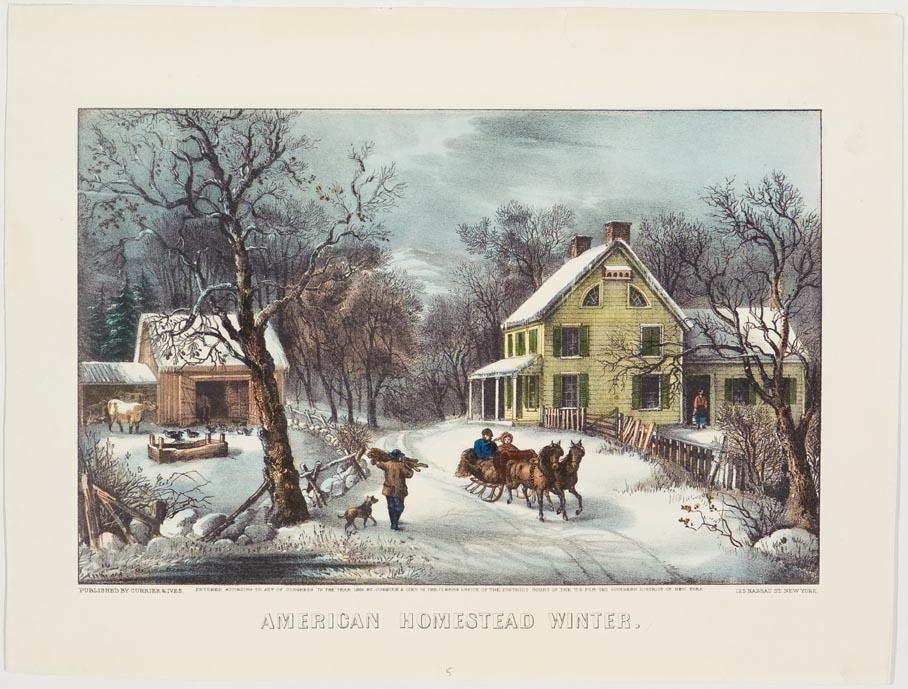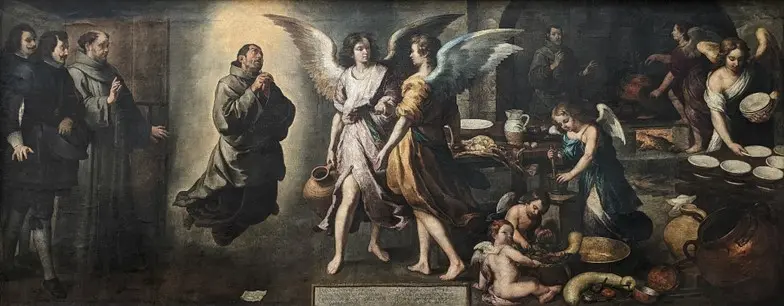MIDDLETOWN—Artists have long regarded people as the most fascinating subjects to paint and most people like having their portraits painted. Diane Kominick-Ouzoonian of Warwick and Jeannette McGee of Middletown have found success and satisfaction in painting portraits in a traditional style.
Ouzoonian finds satisfaction in painting children’s portraits. “You can catch them in really good poses,” she said of children she paints. One child at the local bus station carried a saxophone which he took out and played for her. The result was an lively image of the young musician.
A small portrait developed from a little girl Ouzoonian saw at the hairdresser. The little girl was having her curls rolled by her mother and Ouzoonian asked if she could take the girl’s picture. The artist learned the girl had experience before the camera, had acted, and did commercials. The girl got into a beautiful pose. “She knew how to do this. Her face, her demeanor, inspired me.”
McGee of course wants the subject to be pleased with their portrait, “but I want it to be realistic. I want it to be them.” Even before they pose, McGee observes the person, their expression, their eyes. Many of the portraits she does are family members. “It’s a labor of love.”
McGee finds success when she is able to capture the mood the person is feeling at that time. “I want to paint them in a way that they walk away and feel that they say ‘I feel good. This is me.’” She said it’s important for the person to present themselves as they want to be seen. A Carmelite priest wanted to be painted wearing his priestly robes.
The Artist at Work
McGee hones her technical skills by drawing from models. She had worked in watercolors, but now does more oil painting. She also draws and works in pastels. Like traditional masters, McGee finds posing her subjects in the best light is key to a successful portrait.
The studio where she paints once a week has a north light so subjects can be posed with a shadow falling on the side of the face. Many of McGee’s subjects are painted in a three-quarter pose.
“When the model comes in, even before they are sitting, we watch them, just to see how they are, what they are like. Their mannerisms, facial expressions might be. When they are sitting for us, we study the head. We want to see if there is that third, and third, and third, if it’s perfect” and points to her own face.
McGee said a portrait’s success depends largely on a close study of the face. She starts with ideal proportion of thirds, then makes adjustments based on the person’s actual face.
“Some people have a long face, somewhere between the nose down to the chin. It would not be that perfect third from the bottom of the nose to the bottom of the chin. We want it to look like the person. You just want to make sure the position of the bone structure is comparable to theirs.”
It’s all about the eyes. “For the best pose, we want to be able to see the eyes. That gives you a good idea of the person and how they are. We try to have a pose where their eyes are focused on something.”
Ouzoonian uses live models, reference materials, and photographs and prefers watercolor and oil. “It’s a challenge to use different media. It jumpstarts you into working again if you change up a little bit. When I’m working from a model, I'll do a 20-minute pose in a watercolor or a wash.”
She allows her subject to find their best pose and then arranges the light. “I want it so there’s life in there. Having the light you'll have the dimension more.”
Her paintings evolve and take on a life of their own, she says. “You think you are going to do it a certain way. You have to discard your reference and just look at your painting itself. Where is it going? What is working in this and what’s not? Allow it to be.”
Becoming an Artist
Ouzoonian started doing art when she was 12. She has sketched a little rabbit, a sort of an ongoing joke, in many of her spontaneous drawings for over 40 years, many of which are in a little sketch/scrap book which she calls her “journal of everyday art.”
Learning her art was a process of trial and error and lots of practice. She said that life drawing classes and sessions at the Siegleman Center in Sugar Loaf for many years brought her work up to a consistent style. At the New York Studio School before that, she worked from models four hours in the morning, then would paint the model for four hours in the afternoon.
McGee says she took up painting about ten years ago. “I was always interested in art, but I did not have a formal education in art.” When family responsibilities lessened, she took art classes in the area, one at the former Starr Gallery in Middletown. She took classes with Cynthia Harris-Pagano and has worked with her since. McGee now paints once a week at Pagano’s studio in Otisville.
Muses
Both artists have found inspiration from the masters of past centuries. Favorites for both were John Singer Sargent and Rembrandt. Ouzoonian noted how Sargent could capture the essence of the individual, especially children, with just a few strokes.
“[His paintings are] realistic but there was so much there. Just that brushstroke—a cool color, a warm color—brought the dimension in it.” Ouzoonian works from photographs she is filled with wonder at the breadth of Sargent’s skill across the board: watercolor, oils, graphite drawings. “His whole life was full of art.”
Ouzoonian studied Rembrandt’s small ink and brushings at the Frick. “You just don’t get this looking at a book. You don’t get the size. You can’t visualize what it is and how big it is, the brush strokes, the texture.” Ouzoonian said she likes the work of contemporary Spanish painter Joaquin Sorolla.
McGee also regards Sargent and Rembrandt as inspirations. She studies Rembrandt’s technical skill with light. “I try to get that ‘Rembrandt triangle’ on the cheek that is not facing the light,” and appreciates the shadows and the depth that it gives to the portrait.
One painting on display in her studio was a portrait of Father Sunny, which shows the influence of the Spanish master Velázquez. The painting of Velázquez’s assistant, Juan de Pareja, at the Met, has a powerful presence. “It just draws you to it. It’s so alive to me.”
McGee said she has a lot to learn from the great masters, especially patience—“to just keep on working no matter how discouraged you get.”
Ouzonian said God guides her life. “When I came to this conclusion in believing that and really accepting that as my life, I saw everything fall into place.”
To contact this reporter, please email [email protected].




